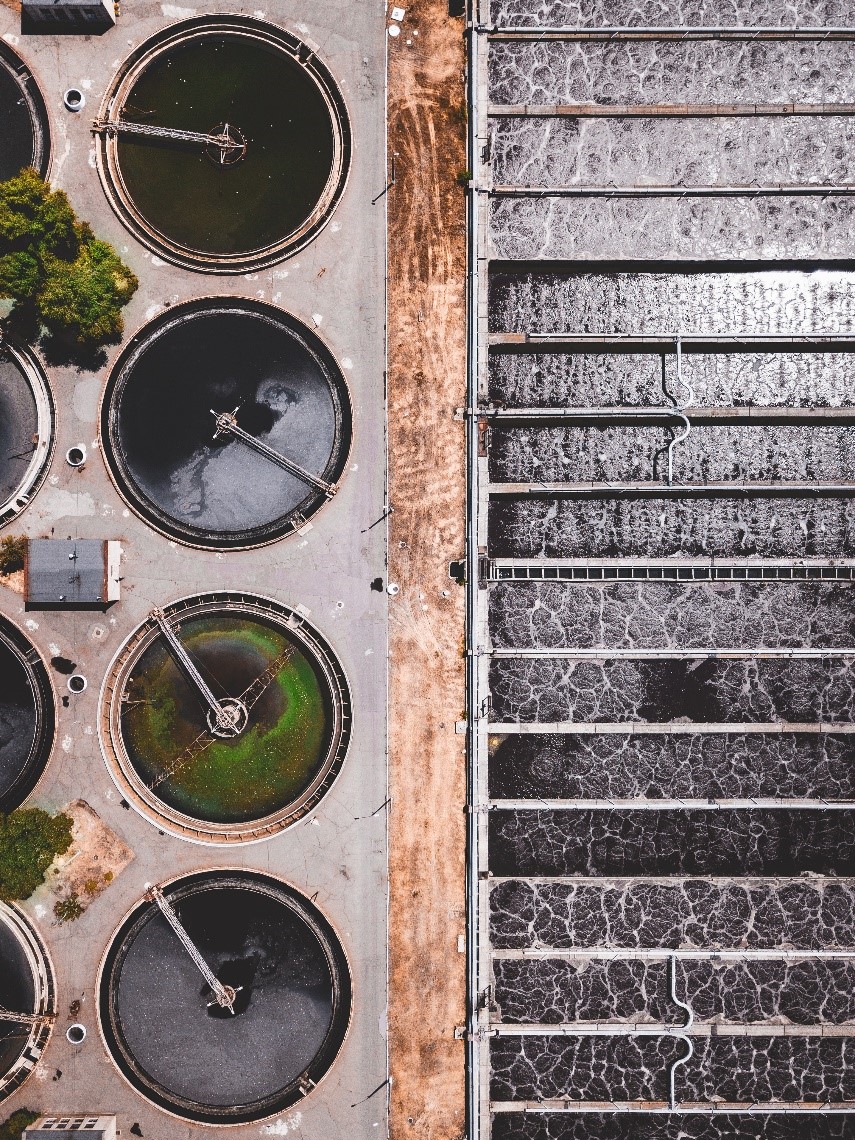
A research team led by Prof. YU Hanqing from the University of Science and Technology of China (USTC) of the Chinese Academy of Sciences, collaborating with Prof. Menachem Elimelech from Yale University, developed a new water decontamination technology, the direct oxidative transfer process (DOTP). The study was published in Nature Communications.
Previous investigations showed that the removal of organic pollutants from water depends on an advanced oxidation process (AOP), which requires external energy or chemical input. However, it was discovered that the electron equivalent released by the pollutants was much higher than the oxidant-consumed electron equivalent, which could not be explained by AOP.
Researchers clarified that DOTP, fundamentally different from AOP, dominated the heterogeneous oxidative system. In DOPT, a direct redox reaction between pollutants and oxidants occurred on the catalyst surface. Products formed were stabilized and spontaneously underwent surface polymerization or coupling reaction. As a result, products accumulated on the catalyst surface, contributing to the effective elimination of aquatic pollutants.
The study reveals that the heterogeneous catalyst plays an important role in the activation, stabilization and accumulation of reactants or products. Additionally, it features low oxidant consumption, high pollutant accumulating capacity, and zero toxic byproducts. Thus, DOTP is expected to find further applications in water pollution control and wastewater treatment.

Water Decontamination (Image from unsplash.com)

86-10-68597521 (day)
86-10-68597289 (night)

52 Sanlihe Rd., Xicheng District,
Beijing, China (100864)

